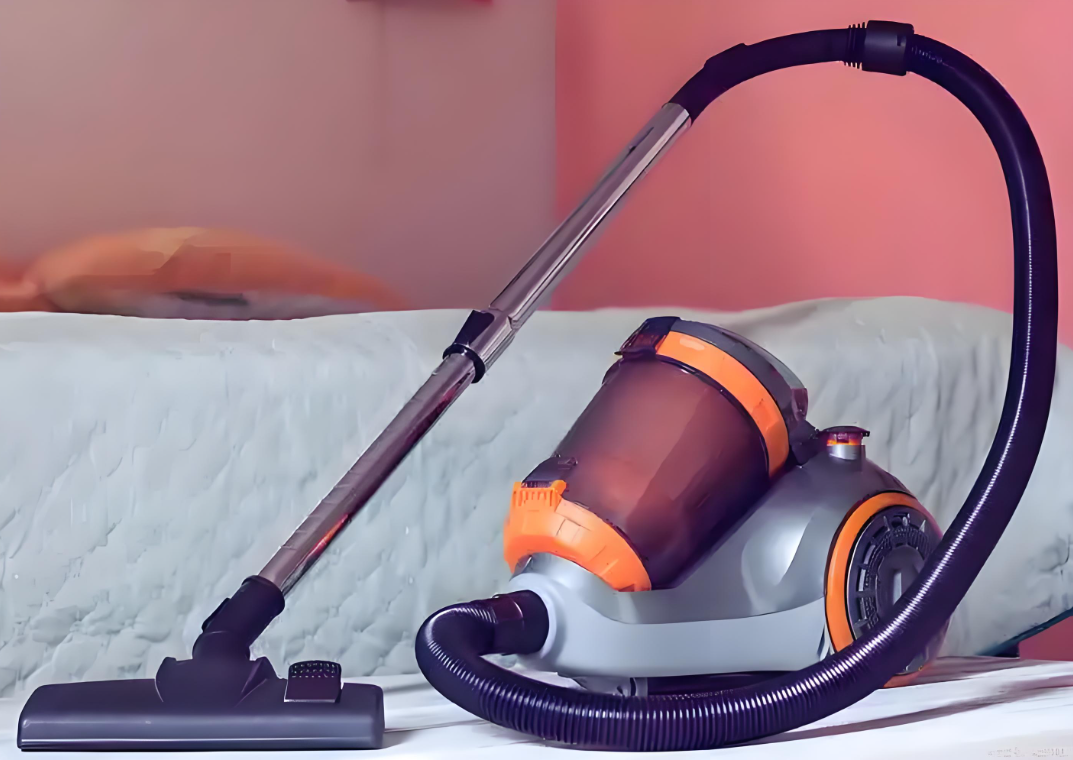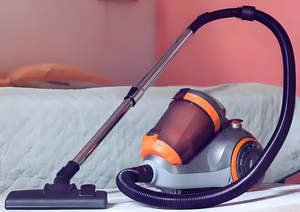
Inspection methods for vacuum cleaner products - Inspection, factory verification and certification services
Household cleaning products, such as vacuum cleaners and floor cleaning robots, are essential appliances for modern households. Due to their efficient and convenient features, they are highly favored by consumers. However, the stability of product quality directly affects user experience and safety. As an inspector, how can one systematically and efficiently complete the inspection during the factory inspection process? What key control points and test items must be strictly followed? This article will focus on the inspection process of household cleaning products, combined with multiple international standards and quality control keywords, to provide a practical factory inspection guide.
I. Preparations Before Inspection
Before starting the inspection, it is necessary to make adequate preparations to ensure that the inspection process is standardized and the data is reliable:
Document review:
Verify whether the product specification sheet, QC inspection standards, sampling plan (such as AQL standards), customer sample approval, packaging documents, etc. are all complete.
Testing equipment calibration:
Check whether the high-voltage tester, grounding resistance meter, power meter, tachometer, noise meter, variable frequency power supply and other equipment are within the valid calibration period.
Test environment setup:
Determine the test voltage and frequency (such as 120V/60Hz, 230V/50Hz, etc.), and configure a stable test environment.
Sampling plan determination:
Sampling is usually carried out in accordance with GB/T 2828.1-2012 (or ANSI Z1.4), and the AQL level is set (e.g. Critical: 0, Major: 2.5, Minor: 4.0).
II. Packaging Inspection
Packaging not only affects the image of the product, but also relates to the protection during transportation:
Outer box and color box: Check whether the marking, printed content, material thickness, and stacking strength meet the requirements.
Box sealing method: The adhesive seal should be firm and undamaged. The opening ease of the colored box also needs to be evaluated.
Completeness of accessories: Check against the BOM list to ensure that the brush head, charger, filter screen, HEPA component, manual, etc. are complete and correct.
Language and labeling: The instructions and warning messages must comply with the language requirements of the sales area. The packaging should have a suffocation warning (such as the ventilation holes in plastic bags).
Environmental protection and label compliance: Verify whether RoHS, WEEE, energy labels, etc. comply with local regulations.
III. Product Appearance Inspection (Visual Inspection)
Based on the customer's sample and product standards, conduct a comprehensive appearance assessment of the product:
Model and color: Check if the label on the body and the packaging are consistent.
Defect identification: This includes dirtiness, scratches, shrinking, color differences, fraying, and poor screen printing, etc.
Structural alignment: Check for assembly clearance, section differences, component misalignment, missing or misaligned screws.
HEPA/dust bag inspection: It must be free from any damage; otherwise, it will affect the filtering efficiency and even pose a safety risk.
Power cord and plug: The plug type and certification marks (such as UL, CE, CCC) must comply with the requirements of the sales location.
IV. Safety and Performance Testing (Safety & Functional Testing)
1. Safety Tests:
High Voltage Test (Dielectric Strength Test): According to IEC 60335-1, the typical test voltage is 1000V to 3000V, with no breakdown within 1 minute.
Grounding Resistance (Earth Continuity Test): The resistance of the grounding path should be ≤ 0.1Ω.
Leakage Current Test: Ensure compliance with the limit requirements.
Stability and mechanical hazards: Check if there is protection for moving parts (such as the brush), and whether the entire machine is prone to tipping over.
2. Functional Tests:
Suction test: Measure using a power meter or vacuum gauge to verify if it matches the claimed value.
Noise test: In an environment with background noise less than 30 dB, measure at a distance of 1 meter from the equipment, and it should be lower than the customer's standard (such as ≤ 75 dB).
Battery life test: For charging products, the test is conducted to verify whether the actual working time meets the standards.
Buttons and gears: Check if the switches, speed control, and indicator lights are functioning properly.
Automatic recharging/obstacle avoidance (for robots): Test the sensitivity of the sensors.
3. Mechanical Structure Inspection:
Abnormal Sounds and Looseness: Tap and shake the body with your hand to check if there are any abnormal sounds or structural looseness.
Assembly smoothness: Are the components such as the dust box, water tank, and filter screen easy to disassemble and assemble?
Power cord tensile strength test: The internal wiring must be able to withstand a 5N pull without coming off.
Bottom stability: Use a gauge to check if the base is stable. Place it on a glass plate and test if it shakes.
V. Internal Structure Inspection
If necessary, the equipment should be disassembled for inspection to ensure compliance with the structure and reliability of the process:
Electrical clearance and creepage distance: Compliant with IEC 60335-1 requirements.
Internal wiring: No aluminum wires. The wire materials are securely fixed, eliminating the risk of sharp edges causing wire cuts.
Welding and Installation: The PCB has been welded properly and the components are securely installed.
Safety measures: There is adequate protection for moving parts (such as fans, scrub brushes).
Material temperature resistance and flame retardancy: Key plastic components must have an UL yellow card or corresponding flame retardant rating.
VI. Common Defects and Non-conformities
Category Typical Defects
Packaging Outer box damage, incorrect shipping marks, missing user manual, insufficient accessories, missing warning statements
Appearance Scratches, dirtiness, color differences, structural gaps, poor screen printing, incorrect plug certification
Safety High-voltage test failure, poor grounding, excessive leakage current, sharp edges and corners, damaged power cord
Function Low suction, excessive noise, non-compliance with battery life, malfunctioning buttons, HEPA leakage, failure of automatic recharging
Structure Strange noises, looseness, tipping over, difficulty in disassembly and assembly, internal wires not fixed
VII. Factory Audit Highlights (Key Points)
If conducting factory audits, additional attention should be paid to:
Quality management system: Does it have ISO 9001 or a corresponding quality control process?
Incoming Material Inspection (IQC): Whether to conduct qualification inspections on key components (motors, batteries, plastic parts).
Production process control (IPQC): Are there operation procedures (SOPs) at the assembly stations? Is the torque gun inspected?
Final product inspection (OQC): Are there complete test records and a mechanism for handling defective products?
Reliability testing: Whether there are the necessary equipment and plans for life tests, salt spray tests, high and low temperature tests, etc.
Conclusion
The inspection of household cleaning products is a systematic and meticulous task, covering various aspects such as packaging, appearance, structure, safety, and performance. Inspectors must be familiar with international safety standards (such as IEC/UL/GB), understand common defect types, and make objective judgments by using professional testing equipment. By strictly following the above inspection procedures and control points, quality risks can be significantly reduced, ensuring that the products meet the requirements of customers and the market, and providing a solid guarantee for the quality control of the enterprise and the factory inspection audits.
分享这个商品

Inspection methods for vacuum cleaner products - Inspection, factory v
Household cleaning products, as essential appliances for modern households, are highly favored by consumers for their efficient and convenient features.
